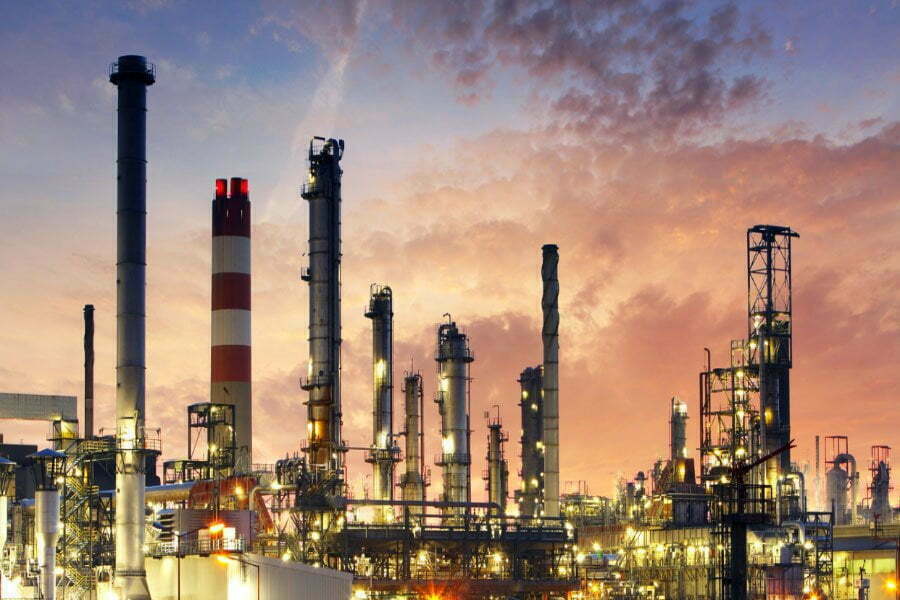Natural gas can support the transition to lower or zero-emission renewable energy sources. It reduces air pollution, limits greenhouse gas emissions, and provides a backup for renewables.
Success stories like the coal-to-gas switch show that gas can contribute to meeting carbon targets and improving air quality. But, flaring, venting, and fugitive methane emissions must be reduced across the supply chain to safeguard this role.
Energy Security
Natural gas is an essential energy source in both developed and developing countries. It can provide a low-carbon alternative to coal or oil in power plants while supporting peak demand with technology that ramps up quickly. It can also play a role in sectors that are more difficult to electrify, including industry and marine shipping.
Natural gases are found in sedimentary basins across the globe, from the deserts to the humid tropics and the freezing. It is typically trapped in permeable material underneath an impermeable rock, though new technologies are continually being developed to extract gas from more unconventional sources.
Many of the emissions associated with producing natural gas can be reduced through routine leak detection and repair and by capturing methane at the wellhead. However, the administration has sought to roll back rules that require these measures.
Oil and gas companies have an essential role in the energy transition by funding strategies that allow them to fulfill their societal mandate of securing supply in the short term while accelerating clean energy progress in the long run. They must continue to develop and invest in technology that reduces carbon intensity and focus on the markets where they have a competitive advantage. This includes petrochemicals, buildings, and the transportation sector, where cost and incumbency will drive gas demand.
Global Warming
Natural gas is a clean-burning hydrocarbon that can be used for power generation and transportation fuel. It also has many other industrial uses, including the production of plastics, organic chemicals, and fertilizers.
Most natural gas production forms are underground from decomposing plant and animal matter buried in sedimentary rock layers. This process is known as methanogenesis. Some of the resulting gas rises to the surface naturally, where it shows up as seeps. The rest of it encounters geological formations that prevent it from escaping and is trapped in reservoirs. A hole (a well) must be drilled through these rocks to harvest this gas.
Historically, natural gas was produced as a byproduct of crude oil production in most areas. Known as associated gas, it was often burned off or flared (burned without further processing). Today, new technology and techniques allow for more targeted extraction of this resource from geological formations that were previously considered uneconomic. This enables the development of new markets for this energy source.
Global economic growth tends to increase energy demand, especially for petroleum products like diesel and gasoline that power the cargo ships, airplanes, and trucks that make up global supply chains. Creating energy policies that encourage lower future emissions from the US without penalizing or impeding global growth presents a challenge. One approach is to reduce the carbon intensity of international petroleum use with policies focusing on displacing higher-emitting products from other major production regions.
Environmental Impact
Although natural gas is still a fossil fuel, when it burns to produce electricity, it has fewer heat-trapping emissions (including carbon dioxide) than coal or oil. It also emits less pollution when used for power generation and as a transportation fuel than gasoline.
However, the production and transmission of natural gas can cause environmental harm, especially in communities near drilling sites. The gas industry releases methane, volatile organic compounds, and nitrogen oxides into the air, contributing to ground-level ozone – a vital pollutant linked to asthma, lung diseases, and cardiovascular problems. These pollutants disproportionately harm low-income communities and people of color, who often live closer to drilling sites.
Further, pipelines can leak and spill hazardous chemicals into waterways. While the current administration has rolled back rules on methane leaks, many states have strong methane pollution reduction regulations, and the industry is developing safer, more effective technologies for reducing emissions at the wellhead and during transportation.
In addition, liquefied natural gas (LNG) releases more climate-destroying gases when burned than ordinary gas because it requires a lot of energy to chill, ship, and regasify the natural gas into its liquid form. NRDC supports policies to end LNG exports and promote safe and environmentally responsible pipelines. Ultimately, the only way to ensure that natural gas delivers on its promise of being a bridge to a zero-to-negative-carbon future is to be used as a backup to renewables in the electricity sector and as a cleaner replacement for petroleum products.
Global Trade
Natural gas is a crucial fuel for the global economy. It provides power for electricity generation and fuels the manufacture of essential chemical products. It also heats homes and fuels the transport of people and goods.
Natural gas may be formed in a variety of ways. It can be extracted from “tight” rock formations that require expensive and complex methods to access, such as hydraulic fracturing (also known as fracking) and horizontal drilling. It can also be produced by microorganisms in low-oxygen environments, such as decomposing organic matter in landfills and the intestines of animals (known as methanogenesis).
Most of the world’s natural gas is transported by pipelines. The total length of the world’s gas pipeline network is enough to reach the moon and back eight times. In addition to channels, natural gas can be liquefied for shipping to places it is needed. When done safely, liquefaction reduces storage and transportation costs by significantly decreasing the volume of the gas.
While current discussions on transitioning to a low-carbon future are dominated by renewable energy, it is essential to understand that the solution will be multifaceted and may not occur in a neatly defined timeframe. For example, natural gas can bridge the gap between renewables and fossil fuels by compensating for dips in solar or wind power generation and rapidly responding to sudden increases in demand.
















